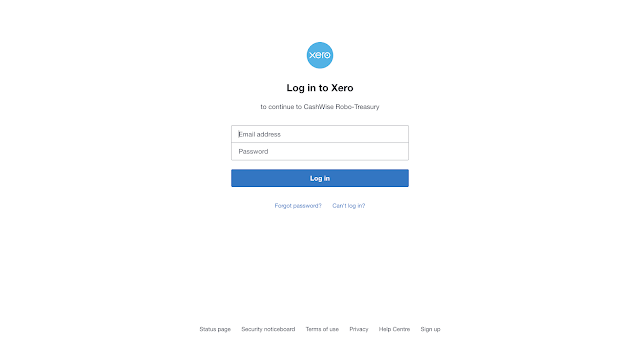How to suspend an automated transfer?

In certain situations you may need to cancel or suspend an incoming On the right-hand side of every automated cash flow entry, you'll see a "suspend" icon that allows you to suspend the automated transfer for that particular item. When suspended, the item will not trigger any transfers until it is resumed. This is useful for situations where cash priorities change, or when a transaction is delayed or no longer necessary and you can reactivate the item at any time if needed.

.png)




